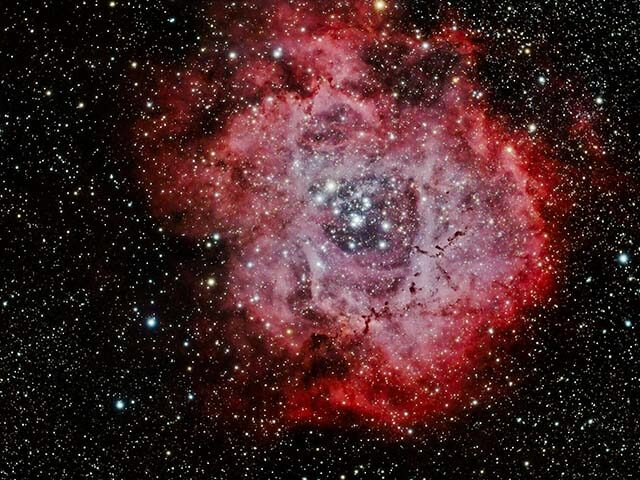Mysterious fast-repeating radio bursts (FRBs) from a “dead” galaxy have astronomers scratching their heads and wanting to discover more, per recent research.
FRBs are known as quick flashes of radio waves, ABC News reported on Friday, noting that researchers are saying these FRBs are coming from an unlikely place.
The outlet said the source of the FRBs “has previously been linked to young, magnetized neutron stars that expend a lot of energy when they are forming. But the dormant galaxy from which these radio bursts are originating should not contain this type of young star, according to a paper published Wednesday in The Astrophysical Journal Letters.”
Per the paper’s introduction, FRBs are “micro-to-millisecond-duration bursts of radio emission originating from extragalactic distances,” and even though researchers have detected thousands of them, their origins are still a mystery.
FRBs are expected to come from inside a galaxy, but these are apparently outside a galaxy that holds old and dead stars, Vishwangi Shah, a PhD student in the Department of Physics at McGill University in Montreal, explained to ABC News.
“This discovery was really surprising and exciting,” she noted.
In 2019, SETI Institute’s Senior Astronomer Seth Shostak called FRBs “radio burps” from the cosmos:
FRBs typically come from galaxies far from our own. Therefore, it is difficult for researchers to trace their source, Earth.com reported Wednesday.
In 2024, researchers studied a dead star’s erratic behavior when it released an FRB, according to the Jet Propulsion Laboratory at the California Institute of Technology:
Two NASA X-ray telescopes recently observed one such event – known as a fast radio burst – mere minutes before and after it occurred. This unprecedented view sets scientists on a path to better understand these extreme radio events.
While they only last for a fraction of a second, fast radio bursts can release about as much energy as the Sun does in a year. Their light also forms a laserlike beam, setting them apart from more chaotic cosmic explosions.
Shah’s team used the Gemini North telescope in Hawaii to pinpoint the bursts’ origins which led them to believe there is a faint galaxy there, but they initially had no idea about its existence.
According to Shah, further study of the FRBs will give researchers more insight into the space between its origin and the Milky Way along with activity in more distant areas.

COMMENTS
Please let us know if you're having issues with commenting.